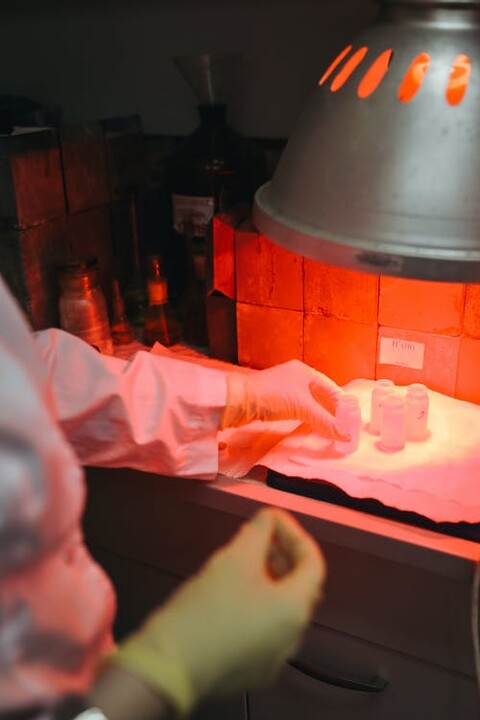
Industrial chemical pollution in our water
Our communities earn to know what artificial chemicals are in our water affecting our health, our families’ health and the health of our gutters and aqueducts. The number of chemicals created and in use by assiduity — indeed if not proven to be safe — that wind up contaminating our water and communities has grown dramatically in recent decades.
In the United States, the Clean Water Act requires assiduity to expose what adulterants it's putting into our drinking watersources.However, any release of the chemicals is illegal, If assiduity doesn't tell permitting agencies and the public about the chemicals in its discharge. EPA and state agencies have the authority now to stop pollution at its source, before it gets into drinking water sources, but too frequently don't bear exposure and apply pollution controls.
As a result, these agencies allow assiduity to conduct dangerous trials every day on our families and communities by discharging undisclosed and potentially poisonous chemicals into our drinking water, gutters, and lakes. Similar pollutants include dioxane; commonplaces; and a family of thousands of synthetic or cultivated chemical composites ( including GenX) called per-and polyfluoroalkyl substances (PFAS). Decreasingly, scientific studies tie these pollutants to health problems in people, but their presence is frequently not bared by assiduity.
Families everyplace earn to know the aqueducts, gutters, and lakes where we get our drinking water are safe. North Carolina’s environmental agency took a position on poisonous PFAS pollution that agencies across the country and the EPA should be taking now to cover our communities — stopping pollution at its source now before it indeed gets into drinking water sources.
GEOFF GISLER, LEADER OF SELC ’S CLEAN WATER PROGRAM
Stopping pollution & detriment
Following a action against the Chemours Company for its times of GenX and other PFAS pollution in eastern North Carolina, SELC and our customer, Cape Fear River Watch, continue to apply the terms of a performing concurrence order with theN.C. Department of Environmental Quality and Chemours to stop the PFAS pollution at its source and insure the Cape Fear River is safe for downstream communities. The swash is the drinking water source for Wilmington,N.C., and Pender and Brunswick Counties downstream. GenX and other PFAS were plant in their treated drinking water at high situations.
Also, harpoons of a given cancer-causing chemical in the treated drinking water for Eden and Madison,N.C., were traced back to commonplaces from a oohing, unlined coal ash lagoon at Duke Energy’s Belews Creek point coming to the Dan River. In 2015, theU.S. Attorney secured a felonious plea deal by Duke to help downstream communities and, in January 2020, we secured junking of the coal ash from the lagoon to dry, lined storehouse down from the swash and lake.
In April 2021, we challenged an agreement byN.C. controllers with the City of Greensboro that allows increased discharges of cancer causing-dioxane into the drinking water source for nearly one million people in violation of the Clean Water Act and state water quality laws.
Indeed though numerous of these artificial chemicals are dangerous collectively, the bigger trouble is that communities are noway exposed to just one, but frequently have repeated exposure to multiple poisonous adulterants. Tips, dangerous waste spots, and other artificial installations frequently affect the same communities. Far too frequently, they're concentrated in communities of color and low income communities.
Polluter responsibility now
Failing to hold polluters responsible means that downstream communities are forced to spend millions of bones testing, relating, and filtering out avoidable pollution from upstream diligence. Communities downstream shouldn't have to suffer the health consequences of avoidable pollution from upstream diligence.
Artificial pollution must be stopped at its source so the polluter bears the burden and cost of it, not the families and communities hard and downstream. We're working to insure that the EPA and state agencies apply the Clean Water Act to stop pollution at its source and hold polluters responsible.